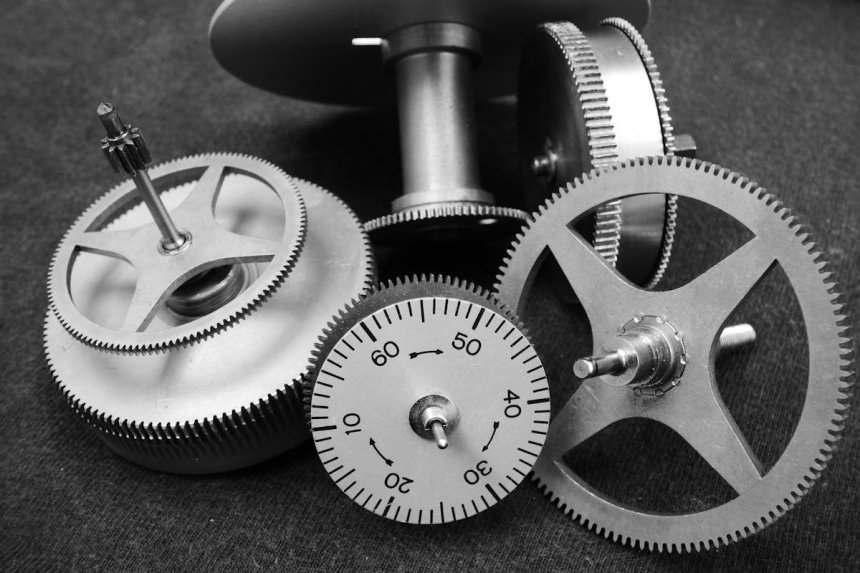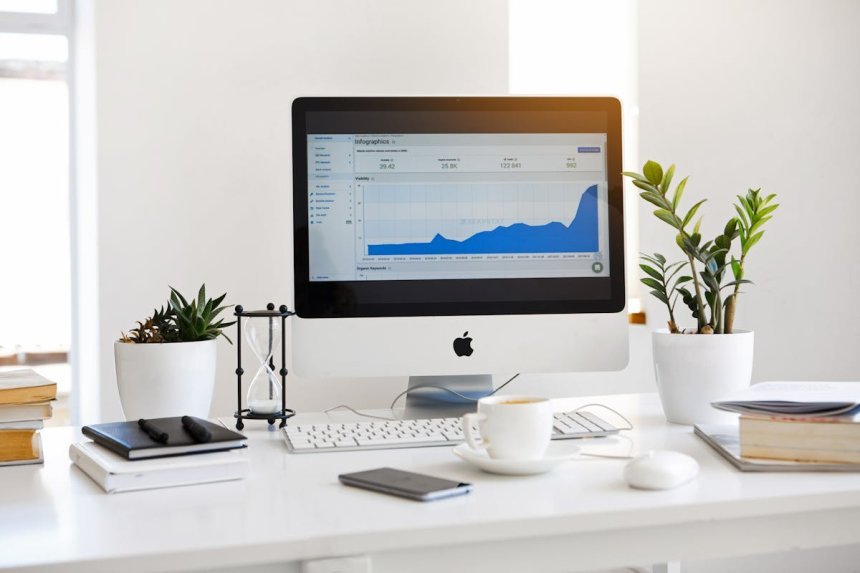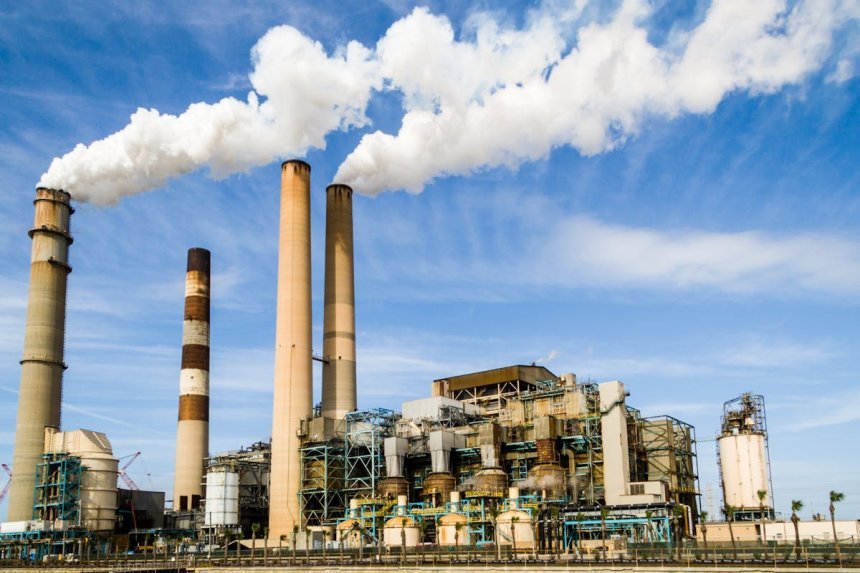Industry 5.0: what it is, characteristics and impacts
Learn about Industry 5.0, what this concept means, how it came about, its main characteristics and how small and medium-sized companies can prepare for it. Enjoy your reading!

The industrial revolutions brought about by human beings over the last 300 years have brought and continue to bring new perspectives to commercial reality, such as the integration of people with technologies, one of the main characteristics of Industry 5.0.
Since the first industrial revolution , which characterizes industry 1.0, the search has always been for improvement in processes, with maximum focus on optimization.
Until a few years ago, it was difficult to see a future after the technological innovations that began to be implemented at the end of the 20th century and gave life to Industry 4.0, but recent research and the development of new products show us that we are entering a new era.
Learn about Industry 5.0, what this concept means, how it came about, its main characteristics and how small and medium-sized companies can prepare for it. Enjoy your reading!
What is Industry 5.0?
Industry 5.0 is the process of integrating human beings with automated technologies, creating a field where both complement each other.
In the manufacturing process, technological advances must be considered, as well as their capacity for self-learning and automation, however, the vision of Industry 5.0 is that this process is best used when there is a human being driving it, through our creative potential.
The main purpose of the fifth industrial revolution is to allow the critical thinking of experts in different areas to be used in advanced machinery and technologies, generating unique creativity and delivering products to consumers with a greater human touch and geared towards their needs.
How did Industry 5.0 emerge?
Industry 5.0 emerged from innovation. In fact, if we look back a little, we will realize that some companies have already implemented 5.0 methods since the 20th century.
However, from the moment these methods of production management and control began to spread, this movement began to be seen as an evolution from the fourth to the fifth industrial revolution.
Among these companies that revolutionized the industrial process, we have Apple, Microsoft, Boeing and Tesla, all with a clear characteristic of valuing the human creative process when designing their products and relying on cutting-edge technology to develop them.
Industry 4.0 vs Industry 5.0
In industry 4.0 , or the fourth industrial revolution, which was brought about by technological advances brought mainly by the advent of the internet, the focus of factories was maximum automation of the process.
In other words, the less human intervention in the manufacturing process, the better.
Industry 5.0 brings a new vision to this automation process, making it less mechanical and more synchronized between the human mind and the technologies used in production.
One is the natural evolution of the other, considering that in the fourth revolution human beings are still learning to deal with technologies, and in the fifth they achieve greater mastery and bring back creative potential to the industrial process.
Are we already in the era of Industry 5.0?
The so-called fifth industrial revolution is first reaching countries with greater monetary power and has not yet reached a large part of global companies.
Industry 5.0 in USA, for example, is still practically non-existent, given that the small and medium-sized companies that make up our industrial reality are still seeking to use the technologies brought by Industry 4.0.
It is normal for this to happen, but it takes time for the new movement to be assimilated and spread throughout the world. However, brands that start to pay closer attention to the fifth revolution will have a better chance of innovating and achieving greater positions.
Benefits of Industry 5.0
Now that you know what Industry 5.0 is and how it is still in its infancy, check out the main benefits it brings:
Personalization
By integrating the human creative process with the power of modern machines, Industry 5.0 brings the banner of personalization on two fronts.
The first of these is related to the manufacturing process itself; the machinery installed in factories combines the two factors and not only automates production, but also makes it more apt for changes that aim to improve its presentation to the customer.
On the other hand, we have the delivery of products to consumers. Personalization is a demand created by the need to meet customers' desires.
The processes of the 4.0 revolution have made mass production more comprehensive, however, the personality of the products has been lost, making it difficult for the product to find its way to consumers through identification.
To make it clearer, think of the example of Tesla and its self-driving cars. What it seeks to deliver is completely personalized, and if the consumer needs something different, it is able to develop and implement it in its products.
Optimization between human and machine work
Work automation does not always mean the best results, since at its highest level human thoughts can be neglected.
In the fifth industrial revolution, experts' thoughts will be in tune with what machines produce, enabling greater optimization of this relationship, with technology being an extension of the human mind.
Cross-functional teams
The appreciation of human creative potential tends to form multifunctional teams in the industrial process, focused on developing different solutions.
In some areas, the formation of plural teams is already being implemented, valuing professionals who have the most varied knowledge, which is a fundamental factor for the development of creativity.
The solutions invented by the companies we cite as examples of pioneers in Industry 5.0 come from creative minds and multifunctional teams, who have a broader vision to arrive at solutions.
Main features of Industry 5.0
Now that we have contextualized and presented the potential of the fifth industrial revolution, let's delve deeper into the characteristics that shape this movement.
Interconnection
The value generation provided by the 5.0 revolution is supported mainly by the collaboration between man and machine.
This interconnection happens in a way that human beings put their cognition ahead of machine learning, directing the paths that technology will take.
Our ability to make decisions and customize products will guide this relationship, where machinery will provide assistance through industrial activities.
Data reading
Data reading processes enabled by technology, such as big data , will become increasingly important as we enter Industry 5.0.
In fact, this is one of the main benefits of technological advances, the ability to collect data, which is captured, read, interpreted and presented by machines to facilitate decision-making.
It is this data that will allow companies to create increasingly personalized products.
Humanization of processes
One of the characteristics of Industry 5.0 is the humanization of the process, that is, we do not need to be afraid of losing our jobs to a robot, since its function in the industrial process will be as a mere assistant.
People will be the main link in industries, allowing the products produced to be made in a customized way.
New technologies
As with other industrial revolutions, 5.0 also seeks to develop new technologies, bringing old human dreams to life and providing the best possible experience for users.
Share
What's Your Reaction?
 Like
0
Like
0
 Dislike
0
Dislike
0
 Love
0
Love
0
 Funny
0
Funny
0
 Angry
0
Angry
0
 Sad
0
Sad
0
 Wow
0
Wow
0













